AgTalk | Creativity is the heart of our business: Leo Burnett's Arvind Sharma
Adgully (AG): Can you share with us some of the key milestones of your career?
Arvind Sharma (AS): I did my management from IIM Ahmedabad and joined Voltas, spending the first two years of my career in marketing. My first love was advertising so I moved to Clarion McCann in 1979, Chaitra in 1983 and here I have been ever since. Over the years, I have worked on brands like Ariel, Complan, Coca-Cola, Chevrolet, Fiat, Goodyear, Hitachi, Heinz, McDonald's, Old Spice, Pillsbury, Thums Up, Tide and Vicks. Along this journey I have also developed relationships with Bajaj, Godrej, HDFC, Reliance and the Tatas.
I have enjoyed the challenge of understanding consumers and connecting them to my clients' brands thought insights. But I have to confess, some of my most exciting moments has been as a ghost copywriter, when I got to write for Coldarin from Boots "yeh kya haal kar rakha hai"; the launch campaign for Ariel in India for Procter & Gamble; and coined the term "Aam Aadmi" (common man) for the campaign that brought the Congress-led UPA government in India to power.
In terms of my industry roles, creation of Goafest as its Founding Chairman has been gratifying. My role as a member of the Board of Governors of Education Support Organization, an NGO working in the field of education, has been equally challenging and satisfying. We now run over a hundred schools across Gujarat, West Bengal and Bihar.
I also have the pleasure of going back to IIM-A once a year as a guest faculty-member and it has been an honour to have been invited to speak at Harvard Business School, Wharton and Columbia.
AG: How have you seen the advertising space evolve over the years?
AS: I joined the business when television was just beginning to take off. Programmes like 'Hum Log' and "Ye jo hai zindagi' delivered 50% of all TV homes. Television fuelled consumerism in the country. Most of my career in advertising has been focused on harnessing the power of television for my clients and their brands. The growth of television has been accompanied by an equivalent growth in the clutter of ads on any programme. So, in the last decade and a half, creativity has been the key driving force in our TV advertising. We were really proud to be the first Indian agency to pick up a Cannes TV Lion.
In some ways, 2010 marks the beginning of another phase in advertising- the importance of new media. This phenomenon has been gaining momentum. TV has been losing some of its efficiencies in creating consumer demands as a result of fragmentation of audiences across channels. Clients have increasingly been deploying their marketing budgets to avenues like activation & events, digital and PR. I believe that in the next ten years, the share of these new media will grow dramatically. I am particularly a believer in the future of digital. It has already become the single largest medium in some countries and I would be surprised if it is not close to the no.1 medium in our country by 2020.
While creativity at its core remains the same, its expression does change with the medium. New media will demand that people who are in the industry today re-orient themselves to emerging new possibilities. They will also call for induction of fresh talent that is innately comfortable expressing itself through these new media.
AG: Do you think in the profession of advertising there has been an erosion of ethics?
AS: I don't think so. People sometimes confuse change in business practices with erosion of ethics.
Of course, business practices in advertising have seen a radical change in the last decade or so. Given the high growth expectations that every client in India has today, advertising as a profession has become both more critical and more accountable. Businesses are less likely to be awarded on the basis of who knows whom. 15% commission is not a given. Agency compensations are getting linked to agency performance. So the last decade has seen an erosion of agency compensation. And more frequent pitching. I personally believe that on both these counts clients are increasingly realizing that they have crossed the limit and are now hurting themselves. I find a growing number of senior clients saying that "if you have the right caliber of people who add value to my brand / business, I am willing to pay more.' I also find senior clients acknowledging the importance longevity of agency for consistent building of their brands.
AG: Is advertising more outspoken and young today?
AS: This is a reflection of Indian demographics. India has one of the youngest populations in the world and a declining dependency ratio. Both the purchasing power and the socio-cultural authority have shifted to the youth. You are either young or you are trying to be still young. It is not surprising that advertising is reflecting the aspirations and values of the youth. Being less rigid, more spontaneous, more innovative and being more outspoken are typical "youth' characteristics.
AG: What roadmap have you charted for the agency now and are you looking strengthening your digital offering?
AS: We have identified three strategic priorities.
The first one is related to the change I mentioned above - growing importance of new media in building clients' brands. Four years ago we launched Arc Worldwide. Arc offers the best-in-class capabilities in activation & events, digital and PR for our clients. As the demand for talent in these areas is growing across clients, we are actively pursuing acquisitions. A couple of acquisitions are in an advanced stage of negotiations. One of these is in the digital space. You will hear from us once the process is completed. In the longer run though, every advertising professional who wants to be counted, whether he is a creative, a client servicing person or a planner, will have to broaden his skill set to stretch across the spectrum. Digital will be extremely important. And we have to facilitate that. Frequent training of our entire agency team has therefore become an important part of our plan.
The second priority is related to a change more subtle but perhaps even more important. The more competitive and reactive the market place gets and the more fragmented the marketing plans become, the challenge of managing brands and their consistency will become really complex. We need new ways of thinking about brands to manage this complexity. Our Human Purpose of Brands is the answer to managing this complexity. Making every single agency in our network a HumanKind agency and helping it partner brands in evolving their human purpose is our other big priority.
And finally, creativity is the heart of our business. And in this area standards keep rising and field keeps getting wider. Only by thoroughly and exhaustively understanding what makes people tick will we be able to dream up the kind of ideas that capture their attention, solve their problems, address their needs, respect their intelligence, overcome their doubts and ultimately impact their behavior.
AG: What do you think have been the pros and cons of the separation of the media and the creative function within agencies?
AS: Separation of creative and media functions came about because we as agency leaders were not responsive enough to client's needs for more efficient media buying. Media agencies did deliver significant savings to clients. On the other hand, this separation also resulted in poorer alignment between creative and media strategy for a brand. Growing number of clients are realizing the criticality of cohesive thinking across all elements of a brand's marketing plans. However, in my view, we're now too far down the line for these two functions to come back together in a single agency. Clients and agencies are experimenting with a number of alternative models to address this challenge. The most promising one is the Brand Agency Leader model. This model, without asking various agencies to merge into each other, allows one talented and experienced advertising leader to direct the brand's efforts across agencies.
AG: Any new initiatives or large scale study that Leo Burnett will be undertaking?
AS: India is changing so rapidly that it is beyond the ability of any single large scale study to capture these changes. We subscribe to most large syndicated studies. Plus our planners are constantly spending time with people, old and young, in small towns and large, urban and rural, to get softer insights behind the changes large scale studies capture.
AG: What do you have to say about the most talked about initiative- Gandhiji Font by Leo Burnett?
AS: I would say that our most talked about initiative in the last quarter has been our McDonald's (Boy Friend- Girl Friend) commercial. We have been pleased about the hard facts released by Creative Review that it was factually one the ten most widely shared commercials in the world! It is also true that Leo Burnett as an agency has always been involved in social causes. More than a decade ago, our Cannes winning Anti-girl-child-abortion commercial was instrumental in bringing in major social and legal changes in the country. As the latest census numbers demonstrate, female infanticide is an issue of high national importance and we need to do much more in this area, and we continue to do our bit.
From another perspective, human society is at a critical juncture. The number of terrorist acts and wars around the world has reached alarming proportions. It would seem that forces who believe that human society can be managed by force and violence have the upper hand. We believe that this is wrong and that Gandhiji's message of change through non-violence is very relevant to our times.
Creation of Gandhiji fonts is our way of celebrating the life and teachings of the Mahatma and making them relevant to today's internet generation. The values of truth and non-violence as imparted by Mahatma Gandhi decades ago are more important today than ever before. Designing a font is in keeping with the Humankind approach of Leo Burnett.
AG: Any message for young aspiring talent?
AS: Creativity has the power to transform human behavior, whether it is in context of the cars human beings buy, the party they vote for or the cause they ignore or actively support. It is a fantastically influential business to be in! Enjoy, grow, excel! | By Prabha Hegde [prabha(at)adgully.com]






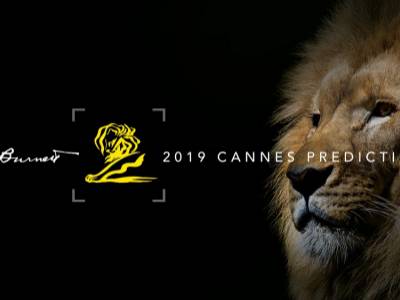

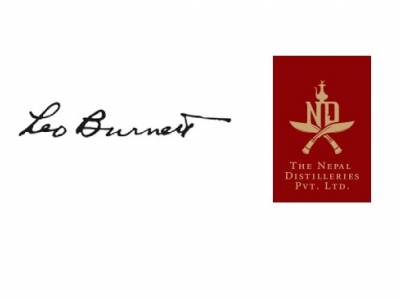
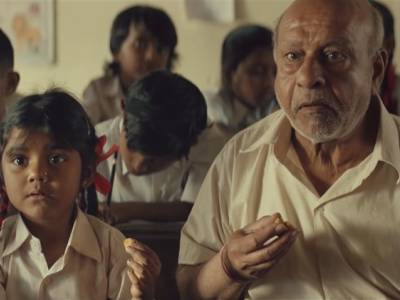


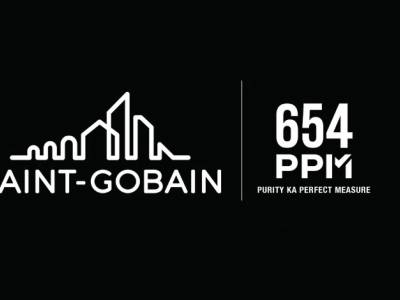

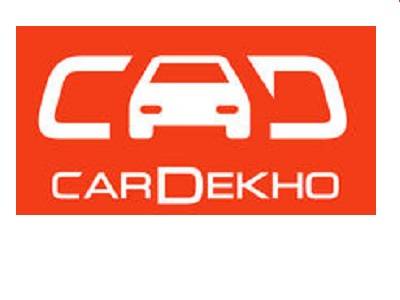
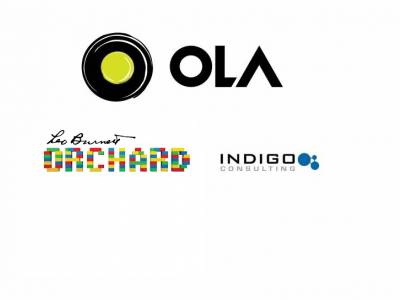
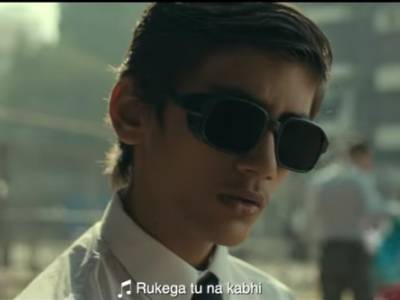
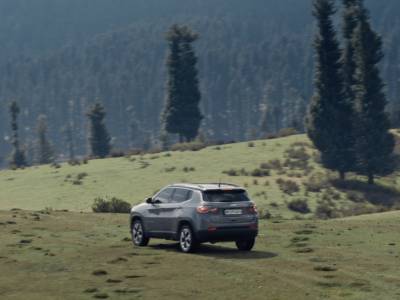



Share
Facebook
YouTube
Tweet
Twitter
LinkedIn